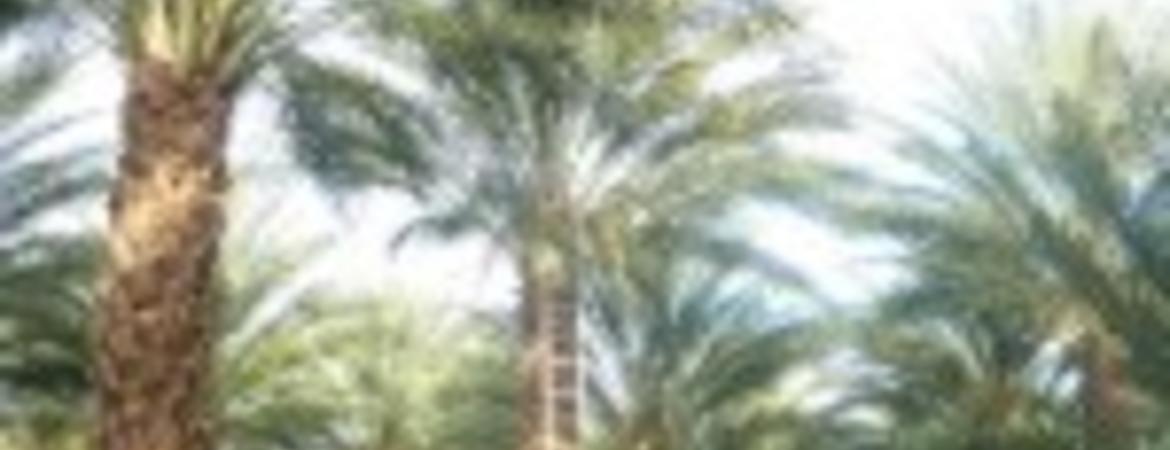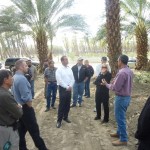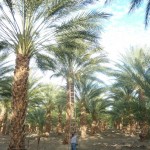

While the Red Palm Weevil (RPW) infestation seems to be in a quiescent phase in Southern California, the community of researchers, public officials, arborists, nursery owners, and palm growers are getting ready for the imminent counter attack. This problem is being addressed aggressively and a series of RPW Outreach meetings sponsored by California Department of Food and Agriculture are being scheduled across Southern California over the next month. The purpose of these meetings is education and outreach to those individuals and groups that are on the frontline dealing with this ravenous pest. The more aware individuals are, especially those who may come across these insects in their daily lives (during work in the landscape, or gardening around the home), the better chance of detecting and containing the spread of this pest.
The first meeting in this RPW outreach series was held at the Coachella Valley Water District Forbes Auditorium on January 6, 2011. This well attended gathering was led by John Snyder, the Riverside County Agricultural Commissioner and supported by CDFA and USDA officials. The dynamic schedule included a talk by Nick Nisson (Orange County Ag Commission Entomologist) who discussed the basic biology of RPW, detection methods, and presented preserved RPW specimens (adults, larvae, and cocoons) for inspection by audience members. The meeting continued with a talk by Laura Petro (CDFA, Senior Agricultural Biologist) who discussed the current trapping and surveillance activities around find sites in Laguna Beach. Nawal Sharma (CDFA Pest Exclusion Branch) furthered the discussion with the potential regulatory impacts this pest will have on local industries. John Kabashima (University of CA Extension County Environmental Director) detailed how everyone could do their part in detecting, monitoring and reporting this pest. The meeting was concluded by David Pegos (CDFA, Special Assistant) discussing other outreach opportunities followed by a question and answer period.

Posters and flyers, in English and Spanish, describing this insect and how to detect and report it were distributed. There was talk about having this meeting in Spanish and/or a Spanish video presentation made so that native Spanish speakers who work directly in or with palm trees have a better understanding of this problem and will be well aware of this pest and in a position to report finds.
Once the meeting concluded, Albert Keck, from Hadley Farms, generously gave an informational tour to local officials and researchers who attended the meeting of local date palm plantations including the demonstration by one of his highly skilled workers on how to dethorn a palm tree- an amazing site to see! This added bonus gave us an appreciation for how much work is involved in maintaining a date palm plantation and how devastating RPW could be to so many people’s livelihoods in the Coachella Valley.
Overall the meeting was a success for everyone involved. Information dissemination in this manner is potentially very powerful, and with additional meetings scheduled it is anticipated that the momentum from these outreach efforts can help control the RPW invasion in Southern California.